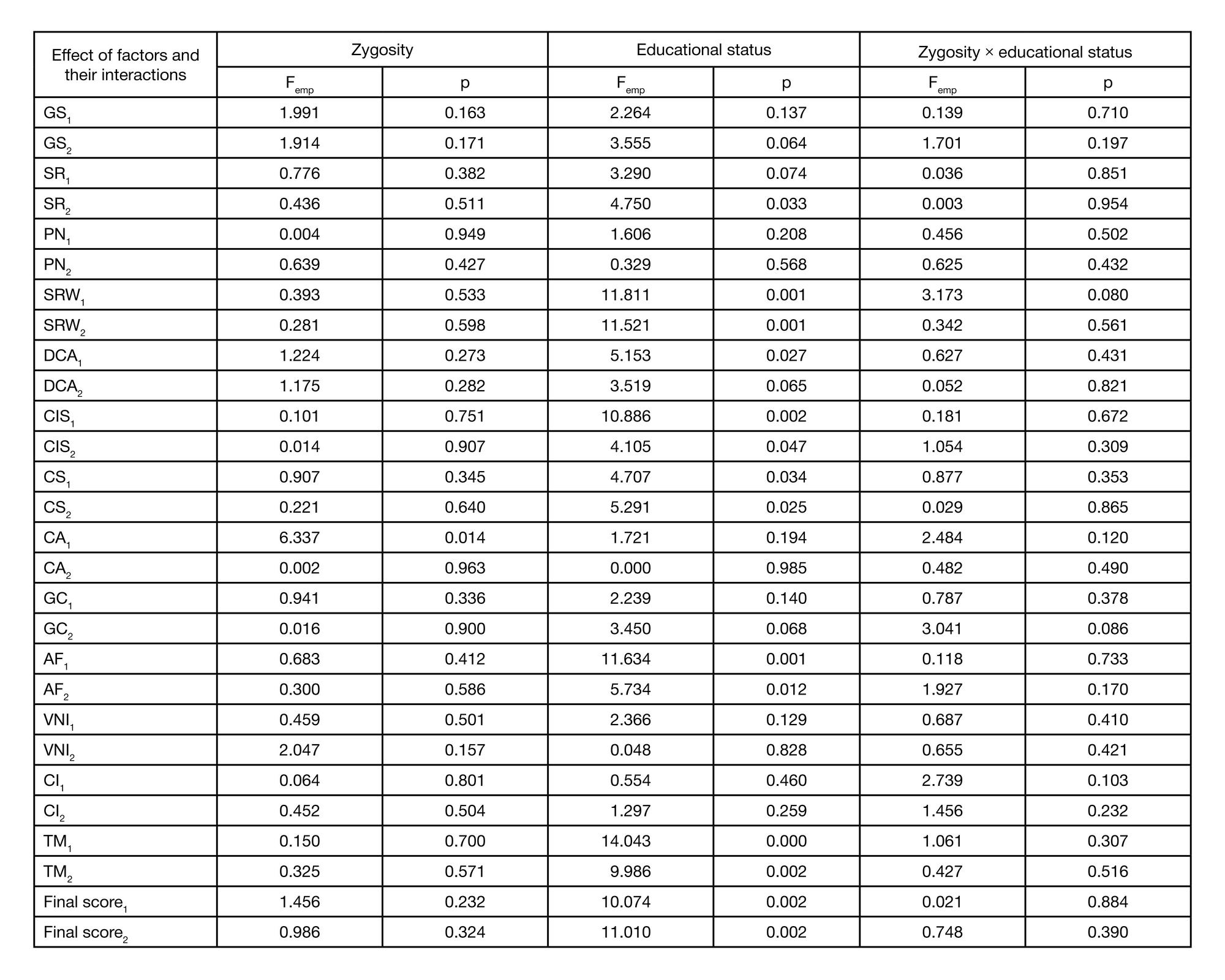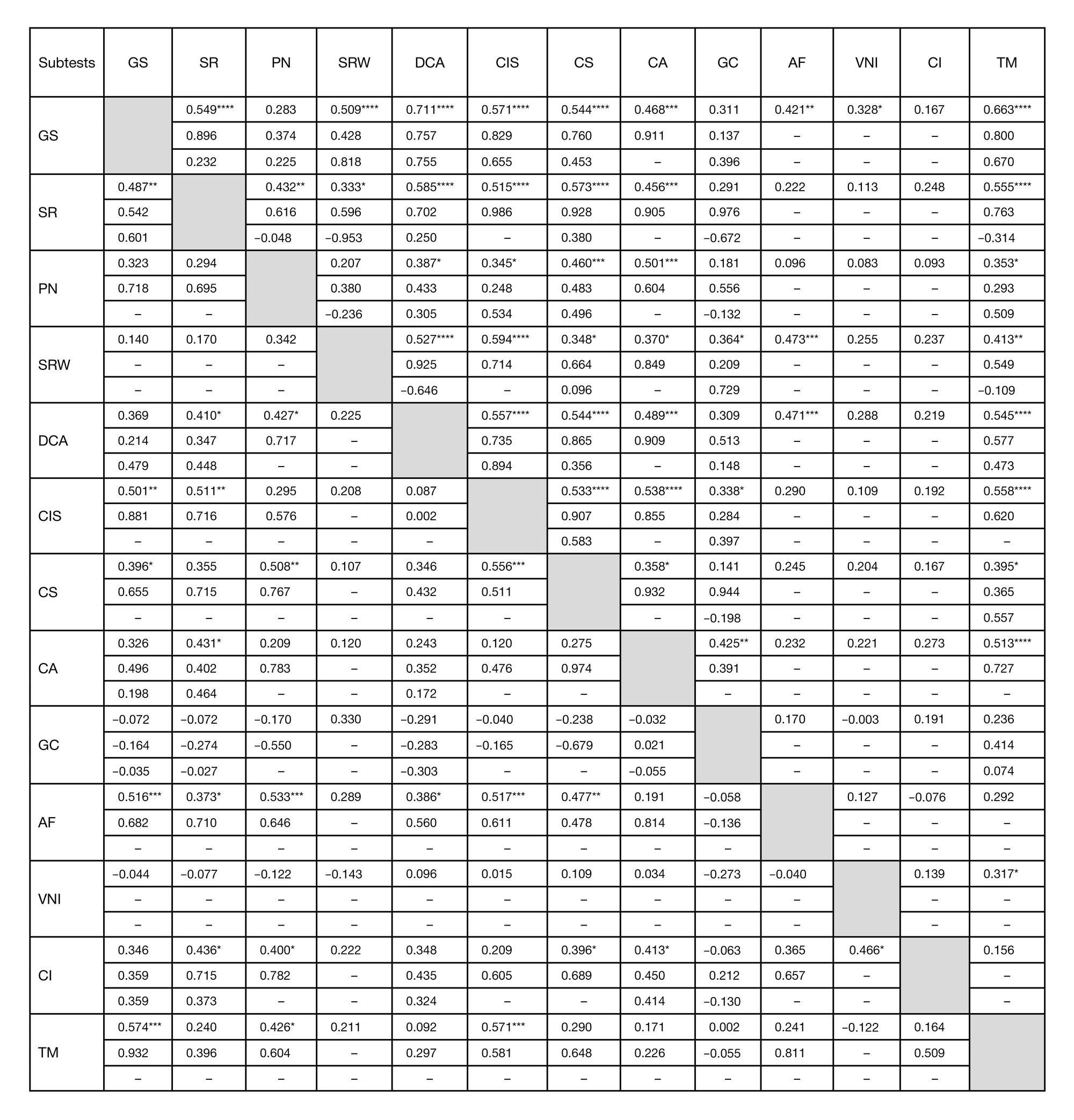
ISSN Print 2500–1094
ISSN Online 2542–1204
BIOMEDICAL JOURNAL OF PIROGOV UNIVERSITY (MOSCOW, RUSSIA)

Department of General Psychology and Pedagogy, Faculty of Psychology and Sociology,Pirogov Russian National Research Medical University, Moscow, Russia
Correspondence should be addressed: Dmitry Chernov
ul. Ostrovityanova, d. 1, Moscow, Russia, 117997; ur.liam@amid_vonrehc

